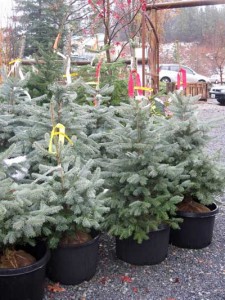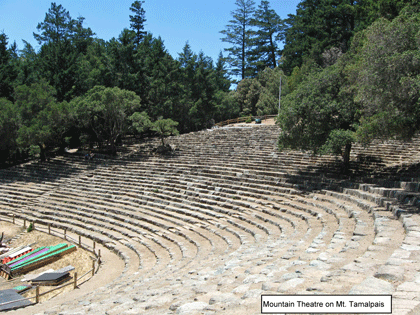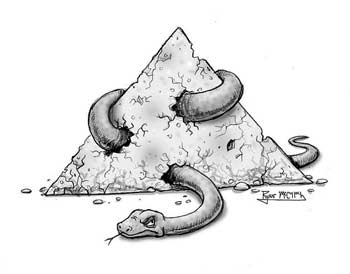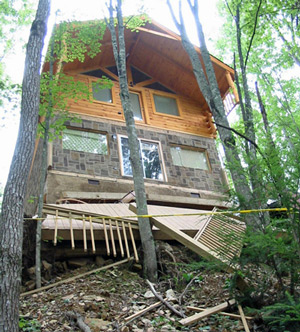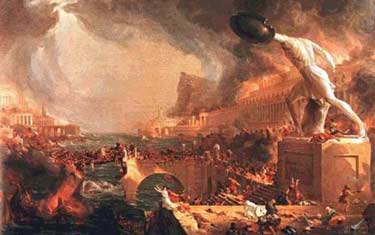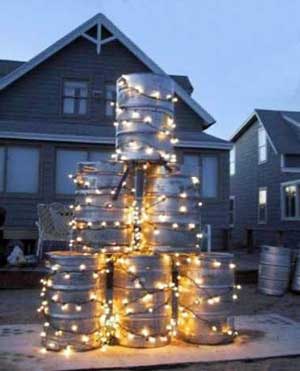
The holiday season is here…and with the holidays comes decorating! The following tips and suggestions will help ensure safety as you get in the holiday spirit.
- Decorate only with lights that have a NOEL or U/L testing agency label. Check wires, plugs and sockets for signs of wear or defects. Remember: If in doubt – throw them out.
- Do not overload outlets and extension cords. Never tie together more than three extension cords. (Best not to tie any of them together)
- Be sure decorative lights used outside are approved for outdoor use.
- When decorating outdoors, be aware of all power lines. Don’t work near overhead power lines or anywhere there is a possibility of contacting an overhead power line, either directly or indirectly, with a ladder or other piece of equipment.
- Place Christmas trees away from fireplaces, radiators, television sets, and other sources of heat that may prematurely dry out the tree and make it more susceptible to fire. Make sure the tree has a sufficient amount of water at all times.
- Don’t burn wrapping paper or boxes in the fireplace. These types of materials ignite quickly and may burn uncontrollably.
Calculating Energy Costs For Your Christmas Lights.
It’s that time of year when houses shine a bit brighter. Ever wonder how much the decorative holiday lights add to a monthly electric bill? Here’s an easy way to help calculate energy costs this holiday season.
- Count the bulbs on all of your decorative indoor and outdoor lights.
- Check the wattage per bulb.
- Multiply watts per bulb by number of bulbs. (1 watt per bulb x 1,000 bulbs = 1,000 watts).
- Convert watts to kilowatts – 1,000 watts = 1 kilowatt (kw).
- Estimate the hours per month the lights are on. (5 hours per day x 30 days = 150 hours)
- Multiply the total kilowatts by the total number of hours the lights will be on to get the total kilowatt-hours (kwh). For example, 1 kw x 150 hours = 150 kwh.
- Multiply the total kilowatt-hours by the total cost of electricity per kwh. (150 kwh x $0.14 per kwh = $21) In this example, the cost of holiday lighting would be an additional $21 per month.
Source: RISMedia, publisher of Real Estate Magazine
Republished for educational purposes
John O’Dell
Real Estate Broker




